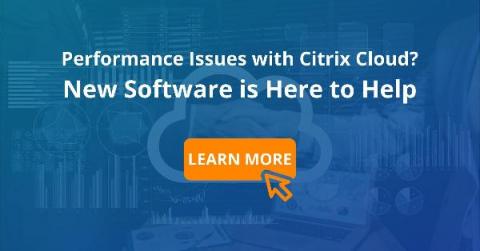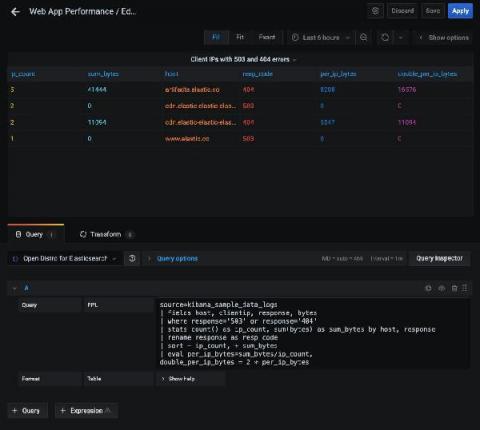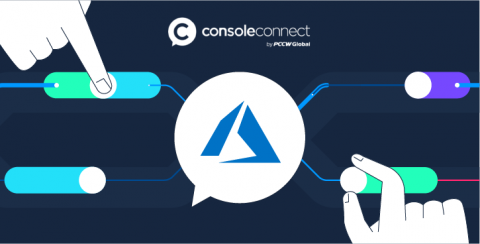Operations | Monitoring | ITSM | DevOps | Cloud
Cloud
The latest News and Information on Cloud monitoring, security and related technologies.
Outdated Calculus of Cloud Cost Containment
Deploy a Jekyll site to AWS S3 using GitHub Actions
In this tutorial, I will show you how to build and deploy a Jekyll static site to AWS S3 + Cloudfront using GitHub Actions. At PagerTree we use GitHub Actions to automate the building and deploying of our marketing site pagertree.com. These days, if you have to do anything manually more than a couple of times, you should probably be automating it. GitHub Actions make it easy to automate software workflows.
How to detect EC2 Serial Console enabled
Recently, Amazon AWS introduced the new feature EC2 Serial Console for instances using Nitro System. It provides a simple and secure way to perform troubleshooting by establishing a connection to the serial port of an instance. Even though this feature is useful in case of break glass situations, from a security perspective, it could be used by adversaries to gain access through an unguarded secondary entrance.
Industry First Citrix Cloud Connector Module
Radnor, PA – April 20, 2021 – Goliath Technologies, a leader in end user experience monitoring and troubleshooting software, announced today they are introducing the industry’s first Citrix Cloud Connector Module. This new module monitors not only the health of the entire Citrix Cloud infrastructure but all Cloud Connectors as well.
Can Data Lakes Accelerate Building ML Data Pipelines?
A common challenge in data engineering is to combine traditional data warehousing and BI reporting with experiment-driven machine learning projects. Many data scientists tend to work more with Python and ML frameworks rather than SQL. Therefore, their data needs are often different from those of data analysts. In this article, we’ll explore why having a data lake often provides tremendous help for data science use cases.
Cloud Migration: A Race You Shouldn't Try to Win
Logz.io Named a Leader in GigaOm Radar for Cloud Observability
Today we are excited to share a key milestone, not only for Logz.io, but also for our industry as a whole. For the first time ever, an industry analyst took on the ambitious challenge of analyzing and assessing several different markets including monitoring and telemetry, APM, AIOps, observability, and more. The radar also takes account of evaluating leaders’ various products, unveiling a comprehensive overview under the unified lens of Observability.
Introducing the new Open Distro for Elasticsearch plugin for Grafana, also available in Amazon Managed Service for Grafana
Back in December, Amazon Web Services (AWS) and Grafana Labs partnered to launch the Amazon Managed Service for Grafana in a preview to a limited set of customers. Amazon Managed Service for Grafana is a scalable managed offering that provides AWS customers a native way to run Grafana directly within AWS alongside all their other AWS services.











